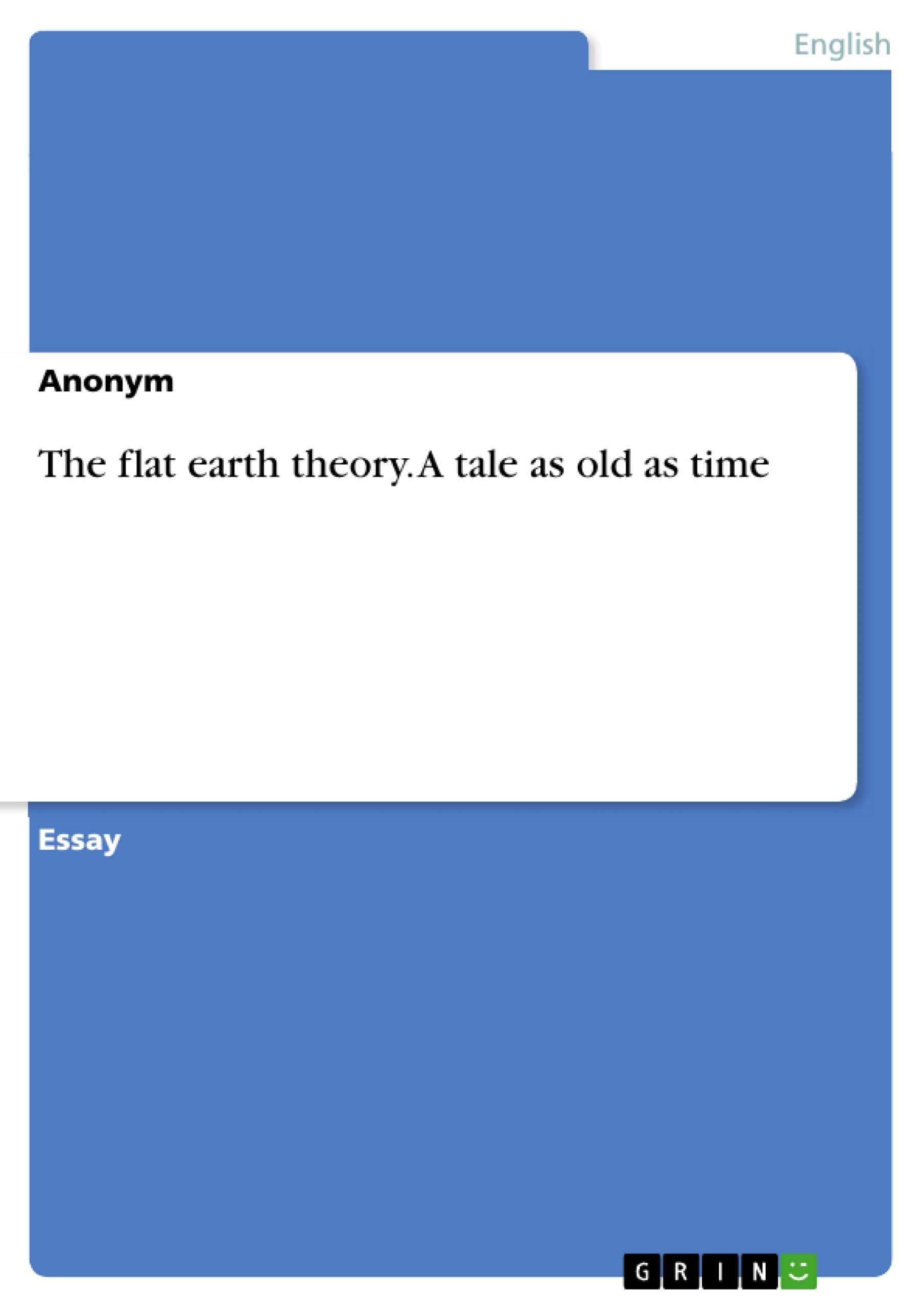
This gives the minimum distance to which the light can be seen, in clear weather, from a height of 10 feet above the sea level. The height of the lighthouse itself, from base to summit, is given sometimes in the third column. This gives the height of the flame above the highest tide level, consequently it is its minimum height, and is increased by the tidal range of the place. To avoid any ambiguity, I quote Findlay’s explanations of columns 5 and 6 verbatim:

The black circle in column 4 denotes a catoptric reflector. Bidston is written in block capitals because it is a principal light. Findlay, 1861.įindlay explains the meaning of each column on page 32. Extract from “Lighthouses of the World”, Alexander G. The entry for Bidston is on page 39.įigure 1. Let’s start with Findlay’s Lighthouses of the World. I should disclose at this point that I do not, and never have, subscribed to any Flat Earth theory. You can bear with me as I try to make sense of it, or you can read this instead. One thing is certain those who seek only anomalous lighthouses will never find light.

By now, however, some of Rowbotham’s lighthouses presumably have been closed, torn down, or destroyed by the elements. Perhaps, for those lighthouses still operating, new observations would not confirm the reported anomalies. Perhaps the reported observations were made under unusual conditions. Schadewald concluded:Īnd what about Rowbotham’s anomalous lighthouses? Beats me. Bresher before him, vigorously refuted Rowbotham’s arguments, but could not explain the anomalies in Lighthouses of the World. Schadewald picked up the story in his 1992 article Looking for Lighthouses. Deducting 4 miles for the height of the observer, squaring the remaining 23 miles and multiplying that product by 8 inches we have a downward curvature of 352 feet from this deduct the altitude of the light, 228 feet, and there remains 124 feet as the distance which the light should be below the horizon ! Bidston Lighthouse was one of his chief examples:īy the same authority, at page 39, the Bidston Hill Lighthouse, near Liverpool, is 228 feet above high water, one bright fixed light, visible 23 nautical or very nearly 27 statute miles. Findlay (1861-2) to support his thesis that the earth was flat.

He drew on, amongst other things, information published in Lighthouses of the World by Alexander G. Writing under the pseudonym “Parallax”, Rowbotham published Zetetic Astronomy: Earth Not a Globe in 1865. It seems that Samuel Rowbotham was as sloppy with his fact checking as Dubay.In the nineteenth century, a fellow called Samuel Birley Rowbotham promoted a flat earth system which he called Zetetic Astronomy. I don't know why he would bother to do this, but my belief is that he is a compulsive liar.Īn interesting aside is that Dunkirk is actually situated on coast of the northern most part of France, not the south coast as Samuel Rowbotham states. Although it would have made no difference to his conclusion, he also makes the mistake of assuming that the ships lookout would be standing on the deck when the best vantage point on a sailing ship is from the top of the main mast / crows nest.ĭubay then copies this account and for good measure reduces the elevation of the observer to 10 foot. He performed the incorrect calculation and used this to incorrectly conclude that the Earth could not be a sphere. So in summary, Samuel Rowbotham may have quoted an accurate account of how far out to sea the lighthouse could be seen, but he was still as ignorant of trigonometry as Dubay. The 79 feet of elevation required to see the Dunkirk Light on a spherical Earth is absolutely consistent with the elevation we could expect for look outs stationed on the main mast. The ordinary calculation shows that it ought to be 190 feet below the horizon." The Dunkerque Light, on the south coast of France, is 194 feet high, and is visible 28 statute miles. Allowing 16 feet for the altitude of the observer. "Many instances could be given of lights being visible at sea for distances which would be utterly impossible upon a globular surface of 25,000 miles in circumference. The relevant paragraphs from the book are: This means that Dubay has made up the 10 foot observer height figure off the top of his head. If we look at the original text from that book we find that no mention is made of the height of the observer.

However as we have learnt, it is always best to fact check Dubay because he likes to make things up.Īs with so many of Dubays "proofs" this is taken from Samuel Rowbotham's "Zetetic Astronomy: Earth Not a Globe" published in 1881. On the face of it that would mean that Dubay's observer would be 69 feet too low to see the lighthouse. Using the correct calculation, the observer on the ship would have to be at a height of 79 feet.


 0 kommentar(er)
0 kommentar(er)
